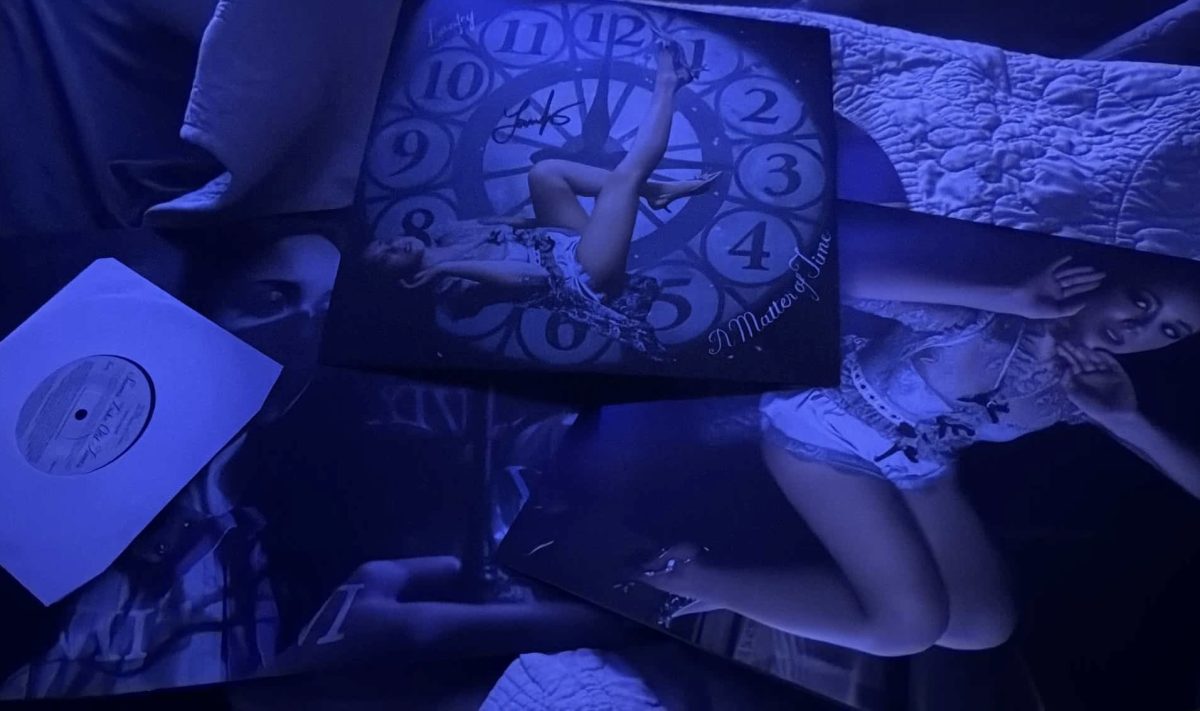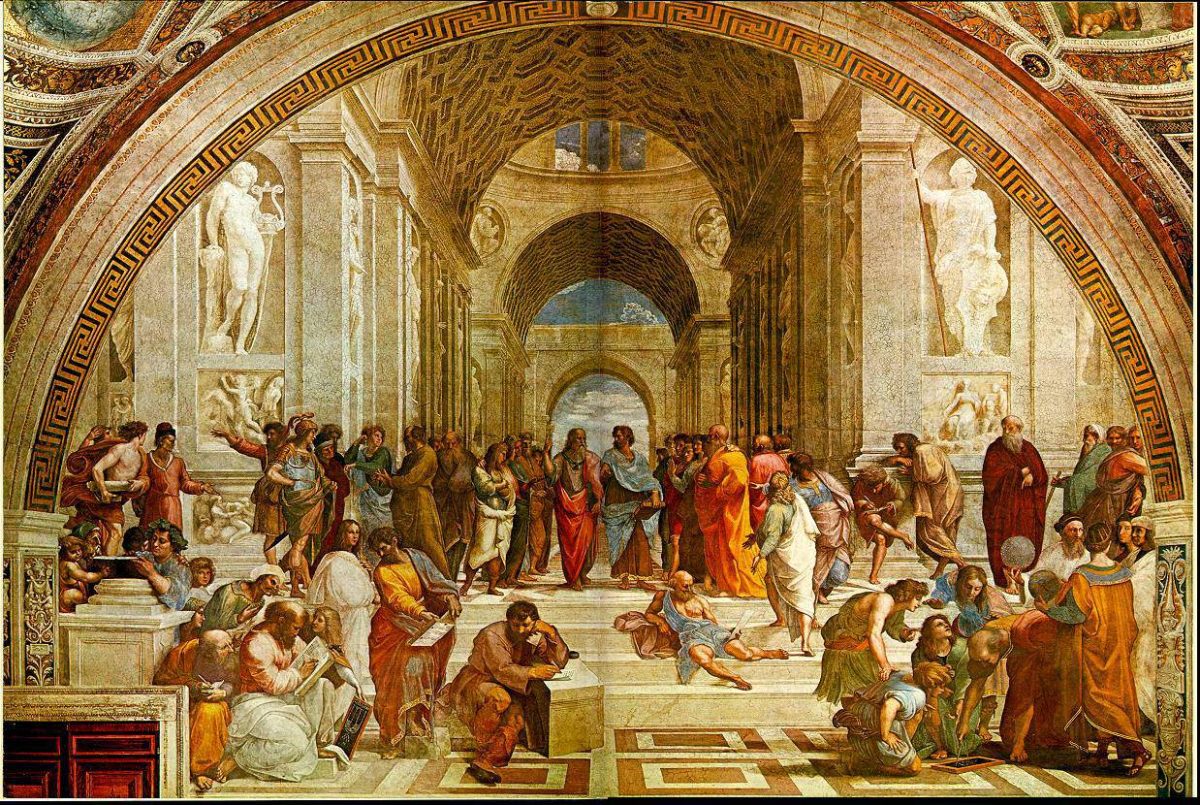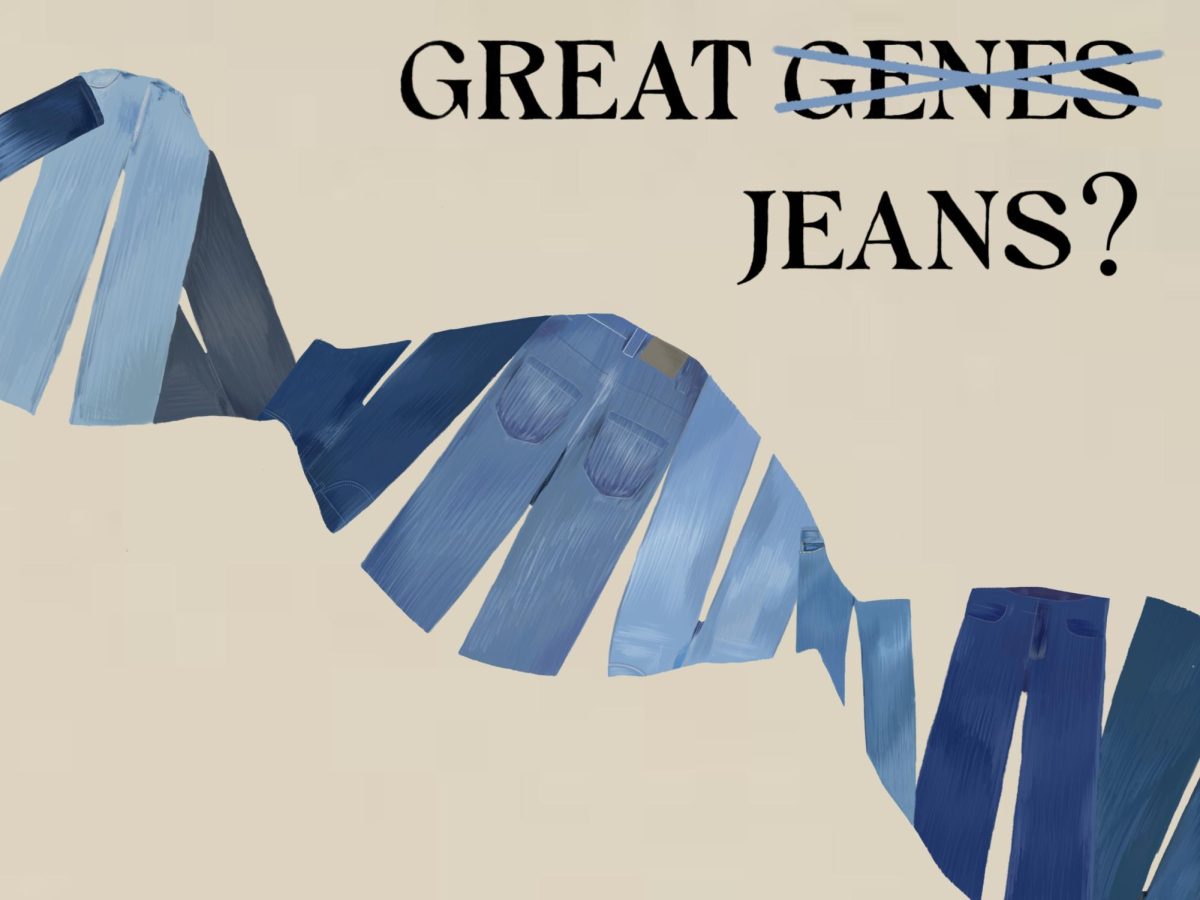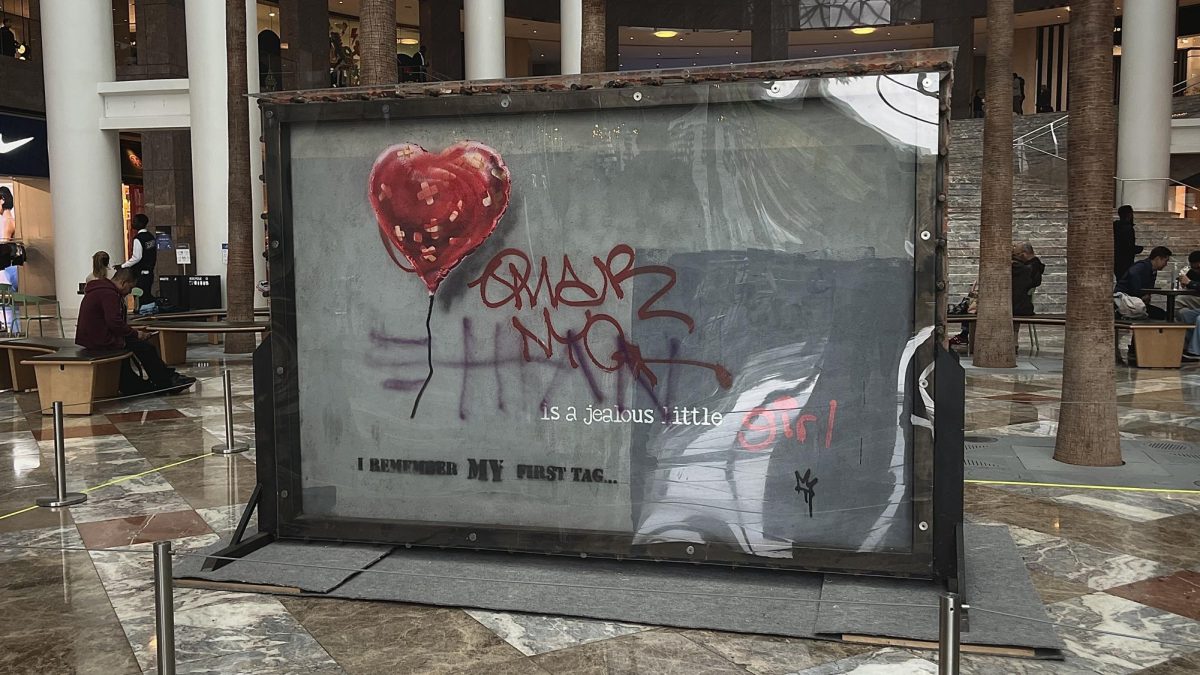Since Dec. 2019, Baruch students Goldie Gross, Jasmin Lopez, Nicole Svirinavichyus, Justin Leong and John Kelly, have been looking at the Baruch College Art Collection with Mishkin Gallery’s artist-in-resident, Marie Angeletti. They will present a selection of articles featuring collection works that focus on the works of art hanging on campus. In this article, they chose to bring attention to William Klein.
William Klein is quite an unusual photographer who powerfully captured the postwar rawness and the nitty-gritty of the New York streets. Born in 1928, he was raised in the United States but spent most of his time in France after being discharged from the U.S. Army. His love for France blossomed, and being interested in sociology and people, he naturally gravitated toward photography. Though he had no previous photographic training, his natural eye for aesthetics helped him gain massive success throughout his career.
His works emulate the contemporary French artists of the time, such as Fernand Leger, who was a teacher of Klein for many years. As a French sculptor and painter, Leger explored aspects of cubism and futurism in his work, and also many created experimental films. His ambitious multidisciplinary approach to art surely provided a vital inspiration to the young Klein. He was able to establish a unique and unusual style. His outstanding works eventually caught the attention of Vogue, and he accepted an offer to work in New York.
The urge to capture everything with a camera is currently a mainstream obsession, but in his time, it wasn’t. Klein’s works from this time were powerful, courageous and invasive. He broke invisible social barriers to invade and capture the spaces of strangers. “You could pick any frame and he will look like one of his photos,” the French filmmaker Chris Marker spoke of Klein. Though a norm in today’s society with instant photographs and social media, this was not mainstream during Klein’s time.
A voyeur of sorts, Klein’s extraordinary New York photographs in the 1950s seem to be almost cinematic. His blurred and cropped photos exude an energy that resembles New York’s identity. Moreover, when regarding a group of Klein’s photos of New York, they become an accumulation of noise. His street photography feels as though the viewer is briefly glancing at reality and seeing how things truly are. These random aspects of life are allowed to leak in and out of the frame. He was in search of all the confrontation and drama the streets had to offer. What also individuates Klein from other photographers during his era is that a large portion of Klein’s photographs were taken in Harlem — a sphere alienated from the rest of the city. Klein used the camera as an excuse to delve deeper into the lives of these individuals and to record important cultural shifts and changes.
Klein had an impressive range of work in a career spanning more than 60 years, working in all sorts of fields such as street photography, fashion photography, photojournalism and film. He was the first person to create a documentary on Muhammad Ali; a film, which both portrays the young superstar in the making and which also explores the racial tension of the time — a theme common in his work. Klein also made controversial political films and satires of the fashion industry.
On display on the 7th floor of the Newman Vertical Campus are two photographs by Klein: “Wings of the Hawk, New York” and “Selwyn 42nd Street, New York,” both from 1955. These photos perfectly portray his style: a wide-angled and oblique perspective. In one of his works, it shows a movie billboard with The Racers on display, starring Kirk Douglas. They are classics of the New York nightlife scene of the 50s. He captured so much of the dizzying word at night: the lights, the movement, the reflections and the life of the urban landscape. Klein claimed the language of the tabloid — very grainy, black and white and a direct way of looking at the world — with many of his portraits being extremely forward. His style has influenced many photographers around the globe, including the leading Japanese photographer Daido Moriyama. Though admirable now, these works were initially heavily criticized because of their blurriness, high contrast nature and quirky compositions.
However, these specific elements that critics discourage is what defines street photography. As a film photography student at Baruch in the city that never sleeps, Klein has had a heavy influence on my work. Each time I encounter these prints, I am reminded of the impact that the city had on Klein, and how the city has had an impact on me. These works have been purchased with funding from the State of New York. Percent for Art Program, 2003.








